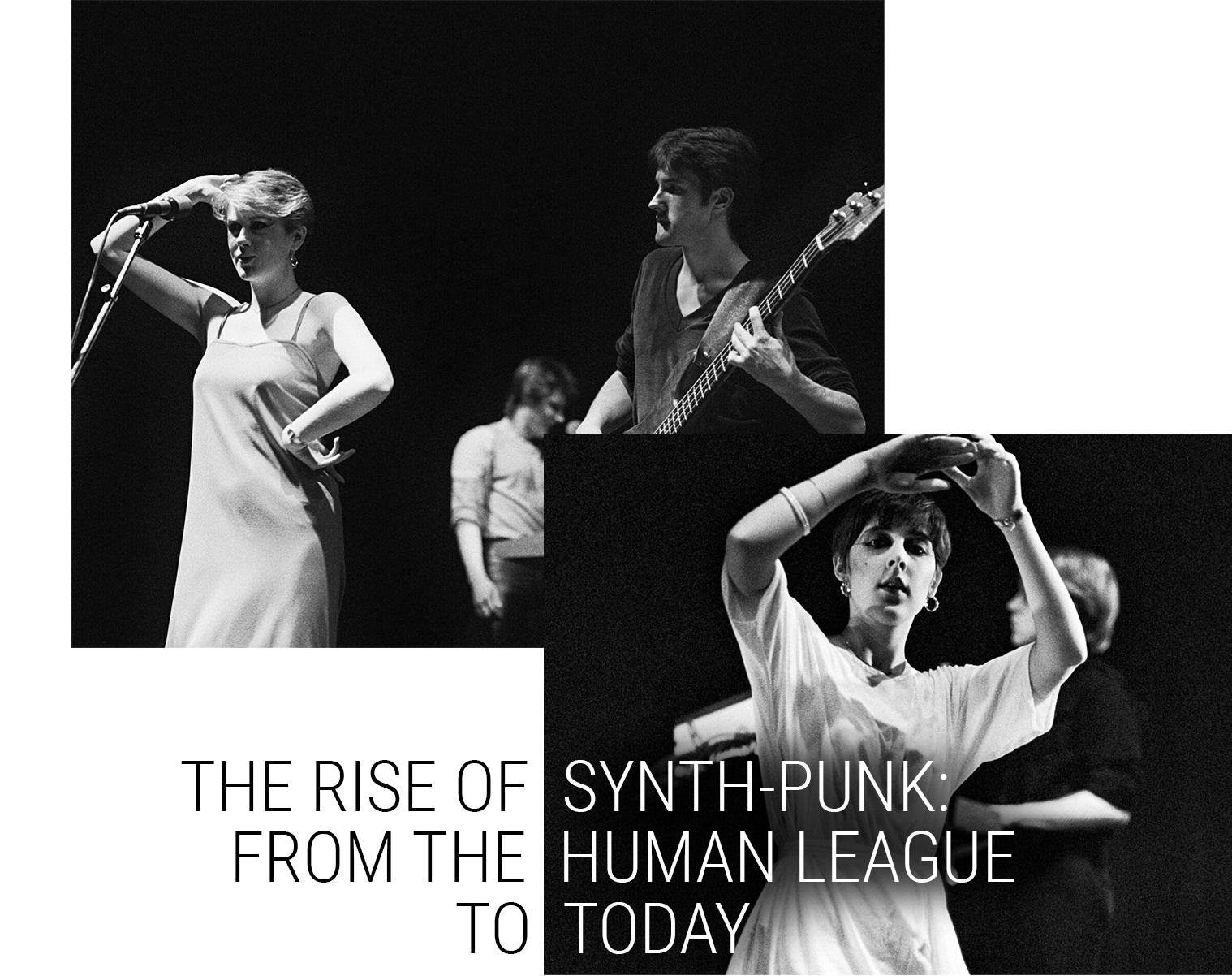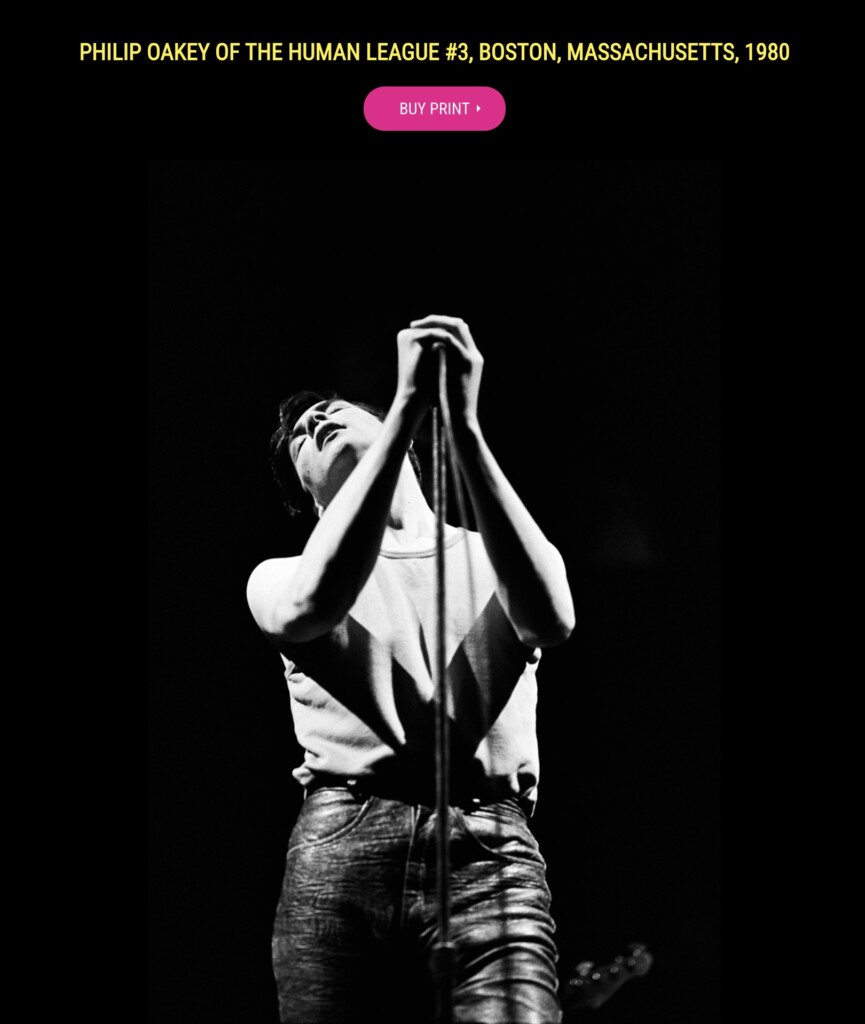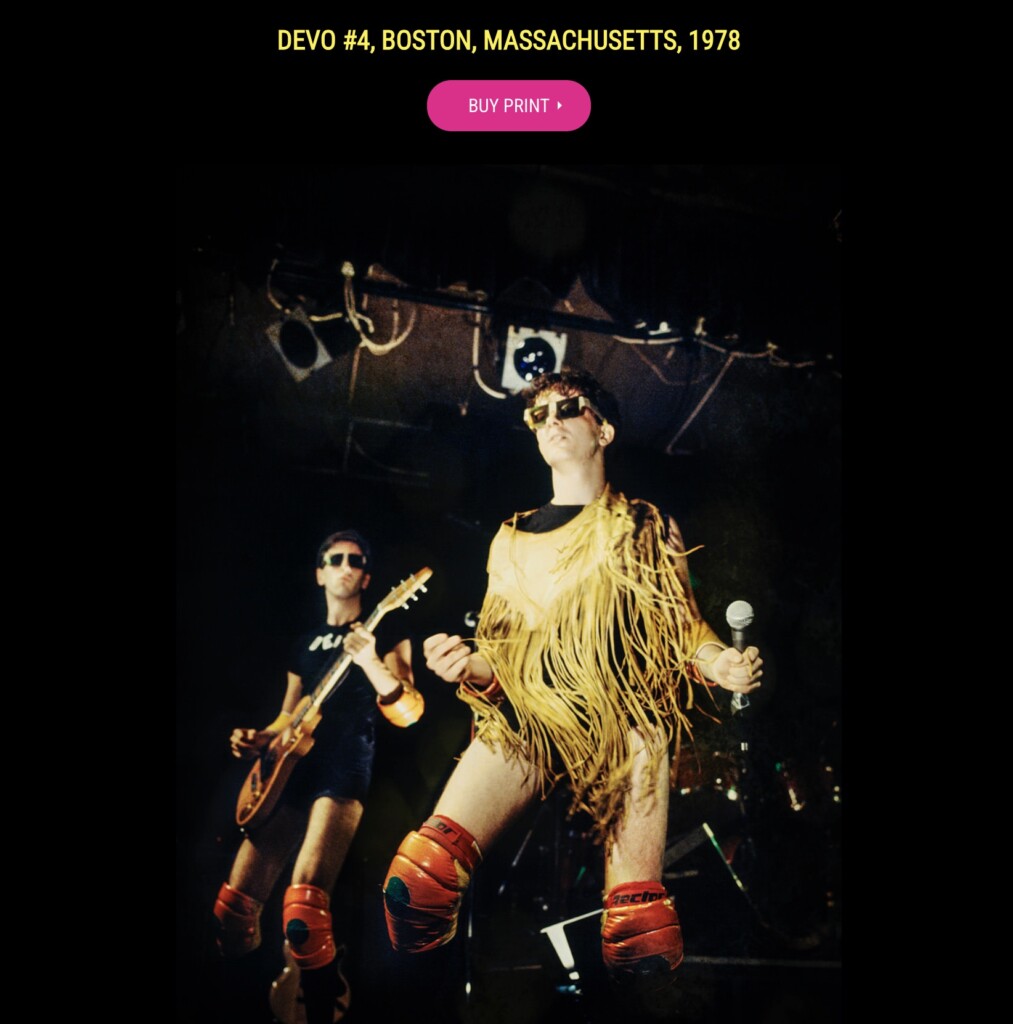Days of Punk
| Fashion
The Rise of Synth-Punk: From The Human League to Today
Posted by Michael Grecco

The Rise of Synth-Punk: From The Human League to Today
The rise of Synth-Punk took the raw, DIY ethos of early punk and fused it with synthesizers, creating a new wave of rebellion. From The Human League to today’s electronic-driven acts, this evolution expanded punk’s sound beyond guitars and drums, proving that defiance could be expressed through distorted synths and mechanical beats just as powerfully as with power chords and primal vocals.
Blossoming into the 1970s dozens of genres of Punk became recognized by the end of the decade. Synth-punk, a genre that fused the aggression of punk with the industrial mechanical precision of electronic music was born as the years turned into the 1980s. Underground synth-punk has maintained a foothold throughout Europe, South America, and the United States. It continues to evolve, grow, and enjoy a resurgence in today’s underground music scene.
Punk Eats Machine
The fast-driving rhythms of early Punk were characterized by scorching guitar shredding with overriding driving drums and resounding bass lines overlayed with primal vocals that made the message loud, theatrical and emphatic. As disco and techno music took hold in the same era, the industrial sound of synthesizers began to surface.
The marriage of the rage against the machine and the sounds of synthetic music was a no-brainer for The Human League. In their earliest incarnation, they were experimenting with combining synthetic music with punk. They laid the groundwork for a genre that would be tagged as synth-punk but moved on to synth-pop in search of the golden ring. The Human League experiment with punk eats machine led them to commercial success as a pop group with their hit, Don’t You Want Me.

Meanwhile, bands like Suicide and The Screamers saw the borders of punk and machine and pushed the boundaries with a combination of stripped-down punk and synthetic sounds. Led by Alan Vega and Martin Rev, The Screamers combined repetitive drum machines with industrial eerie synthetic sounds overlayed with ominous vocals delivered by Vega. Active in the Los Angeles punk scene of the 70s, The Screamers discarded guitars in favor of the futuristic music of synthesizers to deliver a soundtrack for the dystopia era.
Devo joined the genre with a satirical look at anarchy and its place in the modern world.
“New Wave” was a term that was taking hold to describe bands that music critics couldn’t pigeonhole, so Devo was tagged with the moniker. Devo was a new punk, challenging listeners with antiestablishment lyrics meshed with a robotic sound and energy.

Punk’s Industrial Revolution
Punk underwent an industrial revolution in the 1980s. Bands such as Ministry, Front 242, and Nizer Ebb channeled the aggression of punk and reprocessed it through industrial gear. Cold metallic synthesizers and pounding drum machines were the new sound of Punk. Some bands like Big Black led by Steve Albini maintained the core searing guitars of the Punk revolution combined with the industrial sound to transform punk not into “New Wave,” but synth-punk.
The Revival of Synth-Punk
The Faint, ADULT., and Atari Teenage Riot captivated the punk scene of the 2000s with a confrontational essence of punk blended with electronic beats to create the next evolution of synth-punk. It was a music that was aggressively punk in essence but danceable.
Today the synth-punk movement continues with variations that incorporate techno, noise, and hip-hop into the sound. Scowl, Boy Harsher, and Street Sects have taken the role of synth-punk pioneers once held by The Human League and are leading the reaction against sanitized pop.

